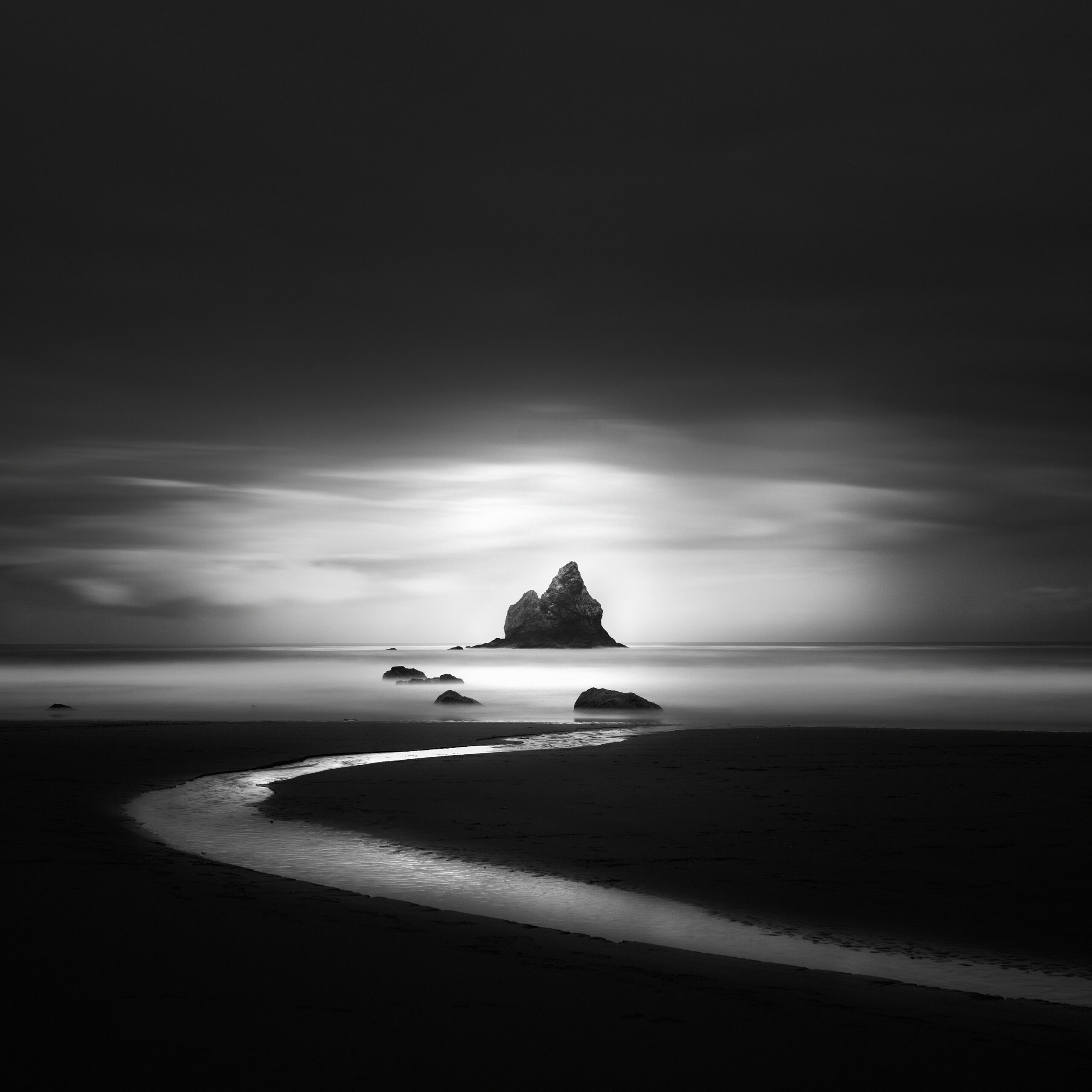“Their work has always and continues to strike me as alchemy,” says photographer Nathan Wirth about the photos of Edward Weston and Minor White. “I was fascinated by black and white photography for decades before I ever became interested in creating my own images.” Looking at Nathan’s photographs, you often see something very special. It’s rare to see that amongst landscape photographers — but it’s because of the way that Nathan sees the world.
All images by Nathan Wirth. Used with permission. Please follow him on Instagram, Vero, and his website.
Alpha Vision is presented in partnership with Sony. Sony has made several strides towards helping low vision creators with packages like the Retinal Projection Camera Kit. Other cameras, like the Sony A7R V, Sony A7C II, and Sony A7C R, have extra accessibility features that help someone navigate the menu system and use the camera much easier. This story is part of an initiative to bring the voices and artwork of these photographers to the front. Our Editor in Chief is legally blind, so these stories bring a unique understanding to the type of images these photographers produce.
Personally speaking, I’ve been a huge fan of Nathan’s for years. We’ve featured his work a few times on this website, and the fact that he has something very particular going on with his vision makes him all the more relatable.
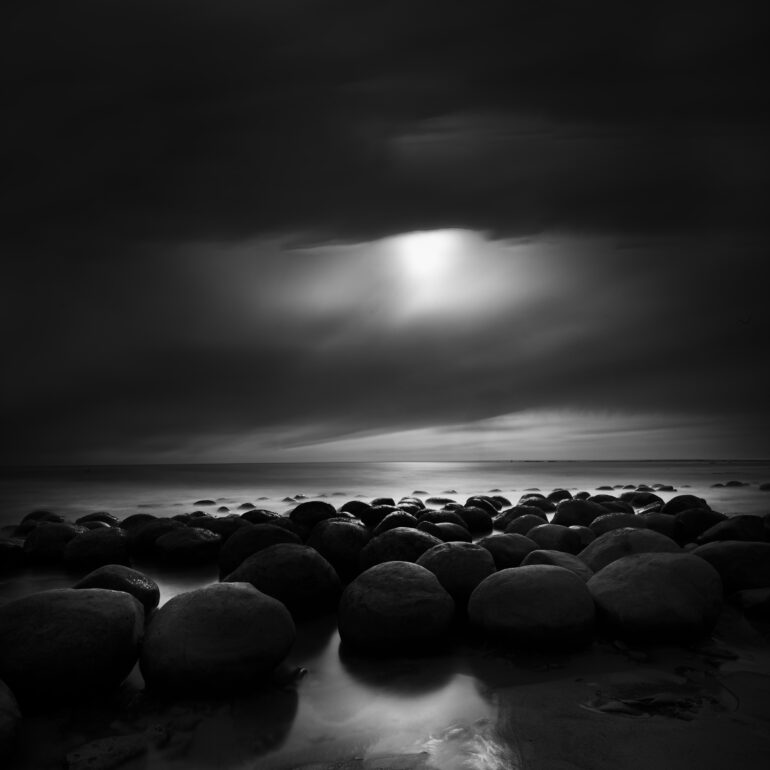
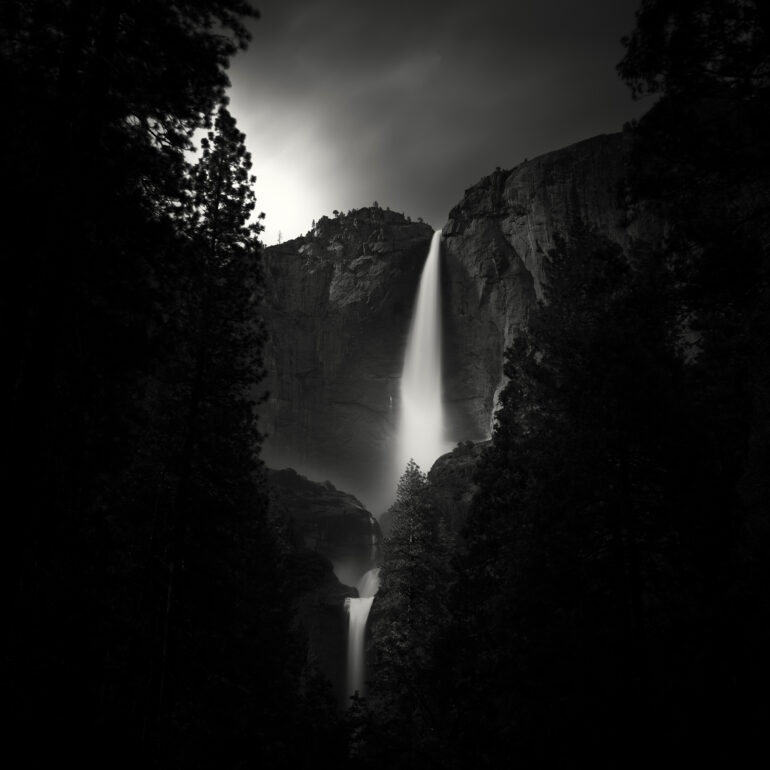
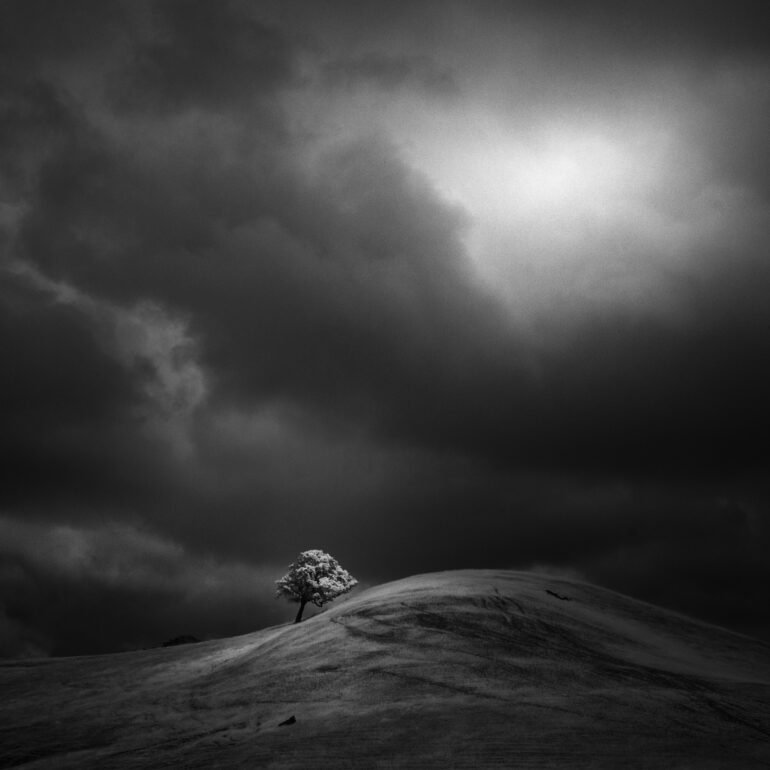
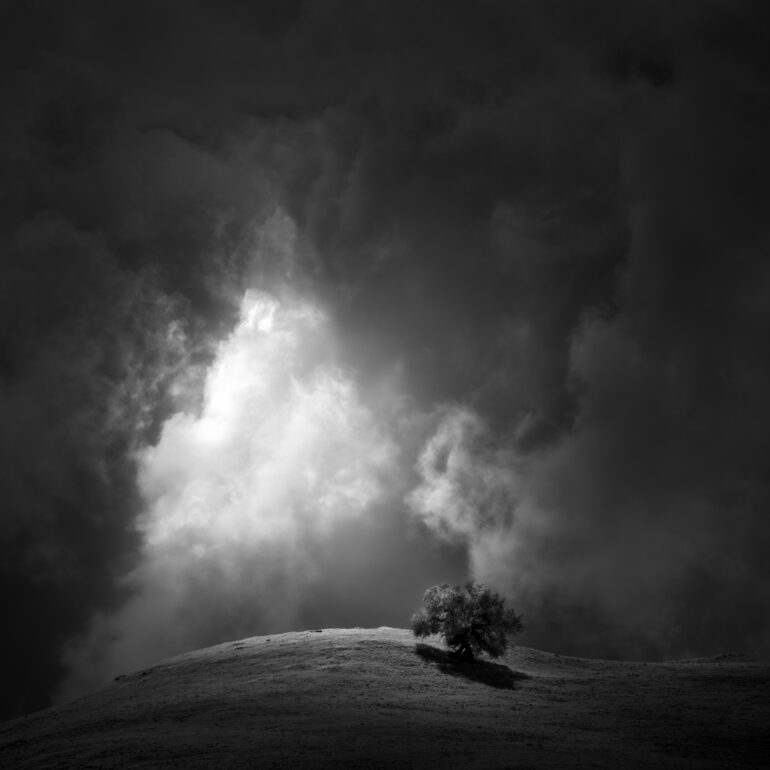
Growing up, Nathan didn’t have a lot of luxuries. While everyone around him had a color television, his family had a black-and-white one. Mix into this the fact that he loved all the classics like Nosferatu and The Cabinet of Dr. Caligari and you’ve got someone that’s very fascinated with this era of cinema. Noir films and the works of great Japanese filmmakers like Kenji Mizoguchi, Yasujirō Ozu, and Akira Kurosawa helped shape Nathan’s imagery. “When I was in high school and grammar school, I was exposed to a lot of old, World War II footage—all of which was in black and white,” he relates. “To this day, I still have this sense— though I know it not to be true— that World War II occurred in a world ‘without color.'”
Nathan never even though of getting a camera and making great photographs himself until 2007 when his friend bought a Sony A100 and a slew of Minolta lenses. As time would have it, his daughter had just been born and he started to save up the money for a camera. “My wife was furious that I was interested in wasting money on a camera she felt I would soon be bored with,” he recalls. “I was forty at the time, and she likened my desire to get a camera to a rich person having a midlife crisis and wanting to buy a Porsche. I bought the camera, and she was furious.” When she later realized that he was likely going to pursue image-making for his career, she later admitted that she might’ve been wrong.
So Nathan set out to photograph everything in black and white, fueled by the inspiration of his younger years. He didn’t know what he was going at first, nor did he know what a RAW was. But after two years, he started working with those files and post-processing them himself.
In 2009, he saw a long exposure image on Flickr that changed everything. “I was becoming comfortable with my camera and thinking that maybe I could one day create a decent black and white image, but then I saw that image—and once again I said to myself: ‘what is this alchemy?'” From there, he befriended lots of other long-exposure photographers on Flickr. Some of them helped him grow.
He’s stayed with Sony since then! But Nathan also admits that he’s not a gearhead. He converted his A100 to shoot infrared. Then he bought an a700 and did the same. Eventually he moved up to the Sony a850 and the a99 — the latter is one that he’s still in love with. When he got into Mirrorless, he got an a7r. These days he uses the Sony a7R IV, 24-70mm G Master, 16-35mm G Master, and Lee filters.
With time comes skill. And while he used to shoot tons of images, now he only shoots a handful.
How Nathan Wirth Got Into Photography
I am primarily interested in creating either long exposure or infrared landscape images. Most of the time, I use the infrared-converted camera to photograph trees (lone trees, groups of trees gathered on hills, or forests), and I use the other camera for seascapes. I find myself taking far less images than I used to. When I first started out, I would take hundreds and hundreds of images, clicking with reckless abandon in the direction of everything I saw. Now, I sometimes take as few as a handful of images. My current cameras and lenses fit my speed perfectly. Though I sometimes change the lenses, I primarily pair the A7R IV with the 24-70 and the A7R (converted to read infrared) with the 70-300.
The Photography of Silence

Nathan tells us that he mostly likes to photograph silence — at least that’s how he defines it. He admits it to be a gimmick but further explains. “Silence, in that light (pun intended), refers to a more contemplative understanding, one that we often experience when we try to close our minds off to the ceaseless deluge of noise (the never-ending way our brains jump from thing to thing to thing),” he is how he explains it to us. In nature, he can quiet the mind, let go of stress, etc. It’s a meditative process more than anything else.
Because of this, Nathan says that he doesn’t think when he creates photographs. Through Zen studies, he’s learned to focus on simply doing and not the why, the what, or the how. He isn’t fixated on the end result. Instead, he just does the whole creating thing. “I do not, like many other photographers, do extensive research or plot out a specific plan or cultivate a vision (though I used to think of it in that way),” he tells us. “I go where I go when I go and do what I do when I do it. Naturally, I am not always successful, and my thoughts or worries do invade my process.” He attempts to shift away from his thoughts and back on the experience. This experience is what he calls silence.
How Nathan’s Vision Works
“Vision is such an interesting word to me,” Nathan starts out. “First and foremost, it refers, of course, to the physiological and neurological function, to how our eyes work or do not work — the external experience of seeing. The second refers to the inner experience of seeing, to the way each of us uniquely experiences what we see through our heart, soul, and mind.” Of course, he’s referring to his creative vision — and that goes hand in hand with his work.
Sometimes when I am out in nature with a camera, I take off my glasses and look at the blurry, fuzzy world that I would have to live in if I had no glasses. And then I will look at the LED screen and see what I am actually looking at. Also—I have never been interested in capturing the world as it is. I suppose this has a lot to do with my fascination with black and white. I wish, again, to simply create—and I wish to create black and white images even if I must sometimes squint and must always wear glasses to safely navigate through the world.
Nathan is very, very nearsighted — he must wear glasses. Without specs, the world is a fuzzy blur of colors and shapes. His left eye is worse than his right and it cannot be fully corrected. When Nathan shoots, he can see close up and glasses make it difficult to see the viewfinder. Because of this, he has to pull his glasses down.
“When I used to use the a100, a700, and a850, I really struggled with the viewfinder,” Nathan admits. “Ever since Sony started offering the ‘live view’ feature on the LED screen, my life has become much easier… I loved that the A99 allowed one to really move the LED screen around to different angles.” This is why he’s come to appreciate Sony’s cameras so much.
Thoughts on AI in Photography
“I am primarily a dodger and burner anyway (using the digital darkroom to achieve this), and, ultimately, I am interested in creating a good print (even if less and less people have any interest in seeing prints).”
Nathan’s work is unique — and it’s specifically an example of human photography that can’t be made easily with AI image-making processes. He finds it interesting and admits that it has fully arrived. Overall, he thinks that AI is going to help the better photographers among us rise to the top and stop trying to just create content. But he also believes that it’s going to be harder because of the massive landfill of content that’s going to be out there.
He doesn’t use AI personally and says that it’s a tool that can be used to augment creativity.


